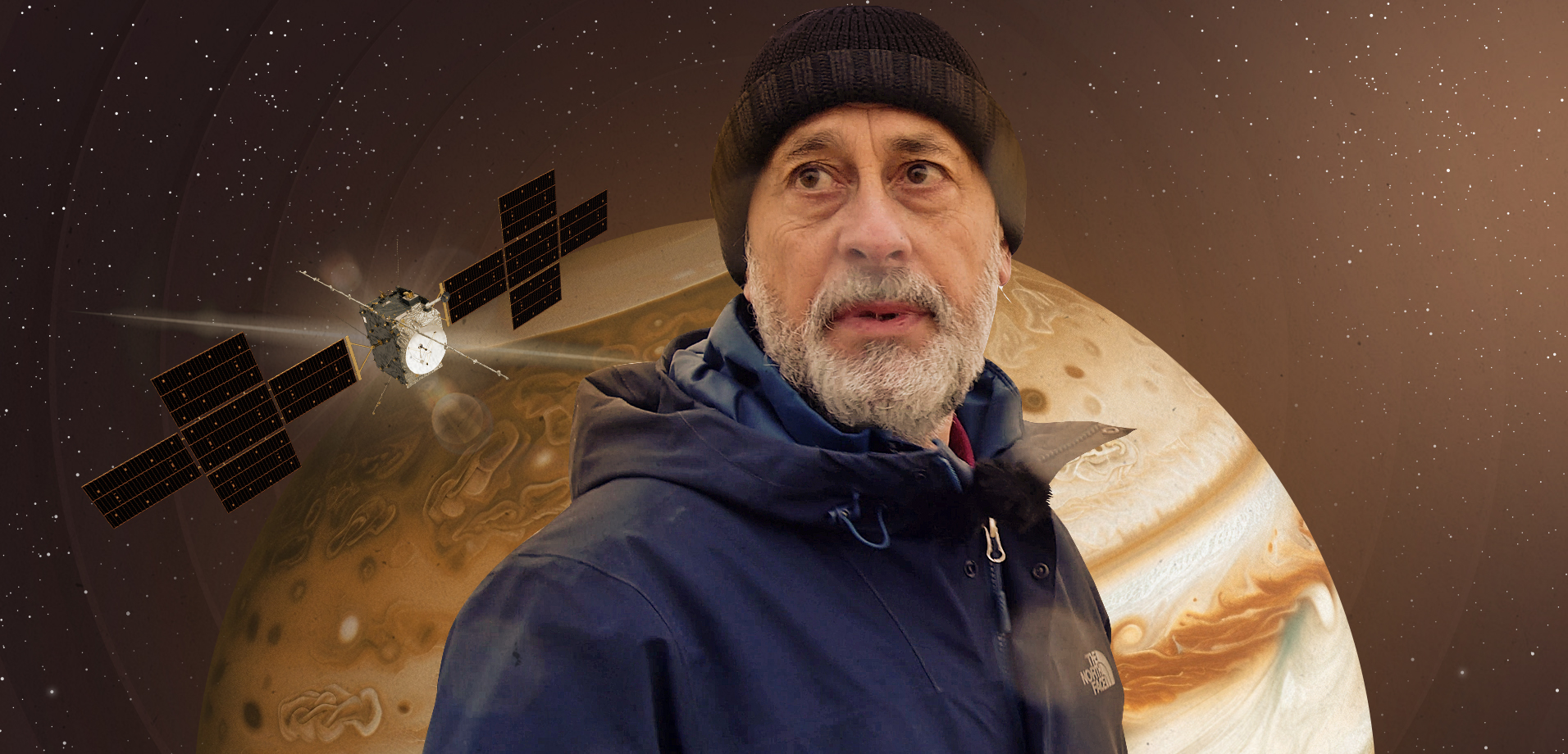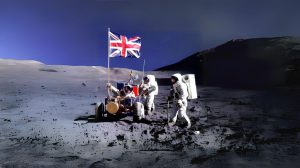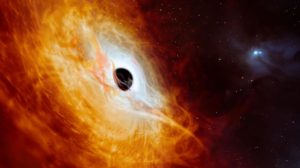Exclusive! JUICE Mission PM, Giuseppe Sarri, On What Makes The Project Amazing! Part 2
21st Feb 2024
Editor’s note: Orbital Today would like to extend its heartfelt thanks to Giuseppe Sarri for sharing with us his view on the JUICE project and the standout features that make this Jovian explorer so amazing. He’s given us so much on the project that we’ve put it into two parts to make it easier to digest. In Part 1, he looked at the mission’s goals and how to get there. In Part 2 below, he peeks under the bonnet at the systems that make it all happen.
Without further ado, Guiseppe Sarri and the JUICE spacecraft:
To achieve all the ambitious objectives mentioned in Part 1, the spacecraft carries the most powerful instrument suite to date for planetary exploration, comprising ten instruments. They are mostly built in Europe with important contributions from the United States, Israel and Japan. The instruments can be subdivided in three main categories: remote sensing, geophysics and in situ particles and fields. Each category will study different aspects of Jupiter and Jupiter’s moons: geology, topography and gravity fields, cloud morphology and atmospheric chemistry, magnetic and plasma environments. A radiation monitor will provide information on electron, proton and heavy ions.
Solar Power Collected in Jupiter Orbit
One key aspect of the spacecraft is its solar panels: as Jupiter is more than five times further away from the Sun than the Earth, light intensity is only 1/25th of the intensity on Earth, or just a bit less than 4% (noon on Jupiter would feel like a dim sunset on Earth). This means that, to provide JUICE with the power it requires, using state of the art solar cell technology, the solar array needs to be very large. The initial design foresaw an overall surface of a bit more than 100 m2, but several technical considerations led to the final size of the solar array to be 85 m2, which results in a nearly 30-metre wide spacecraft when the wings are fully deployed. Despite the very large solar panels, JUICE will generate relatively little power once it reaches Jupiter. To operate all its subsystems and instruments JUICE will have batteries with a capacity of 6 kWh and the solar array will generate 800 W at end of life: less than what an average microwave oven requires.
The dimension and shape of the solar arrays were subject of extended design trade off, addressing at the same time the overall mass of the spacecraft, the design of all electronic units aiming to minimise their power consumption, the size of the battery and the design of the Attitude and Orbit Control System. The mass of the spacecraft had to be kept compatible with launcher capability, therefore each element was carefully scrutinised and particularly the solar array, which accounts for about 17% of the spacecraft dry mass.
Each electronic unit was designed with an eye on power consumption minimization; strict power requirements were placed on all instruments. Decreasing the size of the solar array required an increase in the size of the battery since, in the most energy hungry phases of the mission (i.e. the 24 h observation around Europa), the capacity of the solar array alone is not sufficient. Finally, the cross shaped size of each wing was driven by the performances of the Attitude and Orbit Control System (AOCS). Even though JUICE is a large spacecraft, it must be very manoeuvrable during the various fly-bys allowing fast pointing and steering in support of the observations of the moons. This requires minimizing, as far as possible, its overall angular momentum of inertia. With the need of implementing 5 panels per wing, the cross shaped configuration resulted the best one.
Comms
JUICE also has a very large High Gain Antenna (2.5 metres in diameter), required to download science data. An important decision that was taken during the initial design phase was to have the antenna fixed on the body of the spacecraft. A steerable antenna (which would always remain pointing to Earth) would have allowed to use it as primary means of communication to ground, but it would have introduced the risk of losing the mission in case of failure of the steering mechanism (something like that happened to the NASA Galileo mission when the deployment mechanism of the high gain antenna was stuck in the launch configuration). The fixed antenna on JUICE was complemented by an additional smaller steerable antenna to keep contact with Earth during all phases of the mission. The additional benefit of the large antenna dish is that it will be used as a sunshield when the spacecraft passes Venus on its eight-year tour of the solar system.
Other striking features are a 16-metre long dipole antenna called RIME (Radar for Icy Moons Exploration), which will sound the subsurface of the icy moons to detect liquid water, and a very long boom (a bit more than 10 meters) which carries very sensitive experiments that need to be kept far from JUICE to avoid being disturbed by the electronics on the spacecraft. The RIME antenna is part of the geophysical package of instruments which includes a laser altimeter and a radio science instrument enabling estimation of the gravity fields. The complementarity of these three instruments was studied in depth to allow, by their combined operations, to provide a fine tomography of the interior of the moons. Other smaller antennas and mechanisms are present on board. All these mechanisms were successfully deployed in orbit.
The Making of Juice
After the launch in April, the spacecraft went through a three-month long period of careful in-orbit verification, called commissioning, which was successfully concluded on the 19th July by an ESA high level review, involving experts and managers, concluding that the systems and instruments work nominally and the program development phase was completed. After the first Deep Space Manoeuvre in November, the spacecraft is now in the right course for its long journey to the final destination: Jupiter and its icy moons.
To discover the story and the people behind the Juice mission, the European Space Agency has released the movie “The Making of Juice”.






Thank you for your comment! It will be visible on the site after moderation.